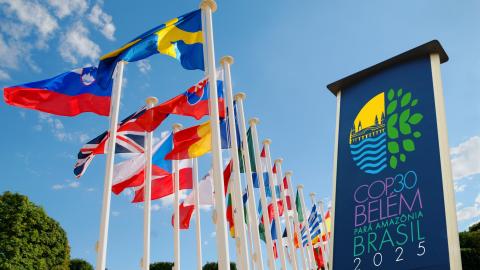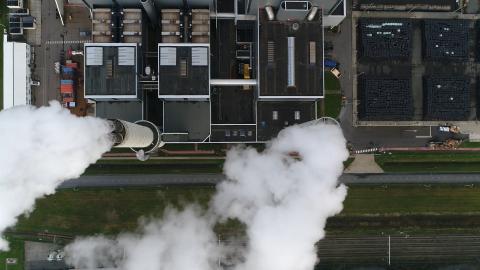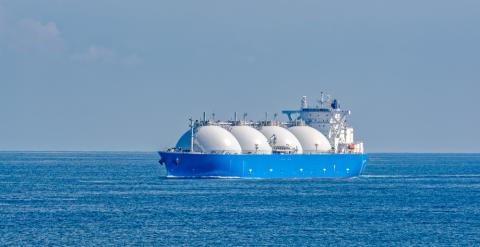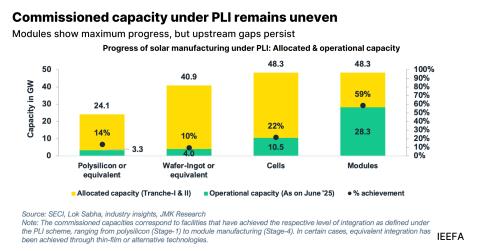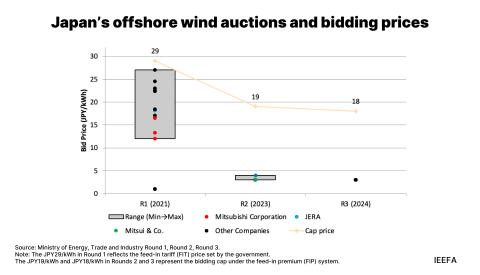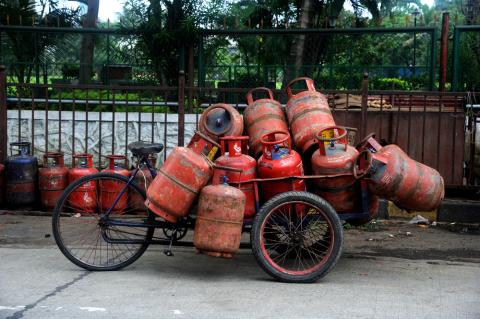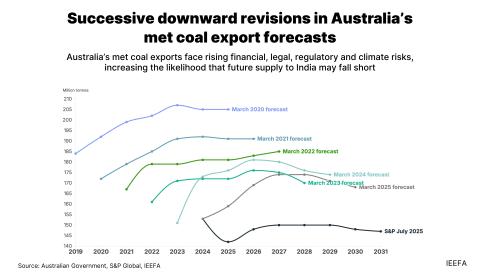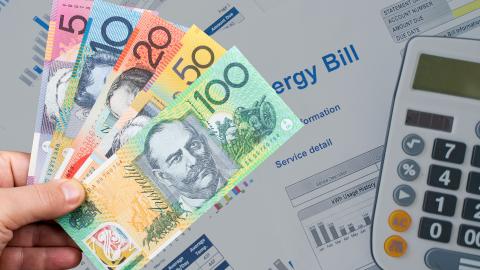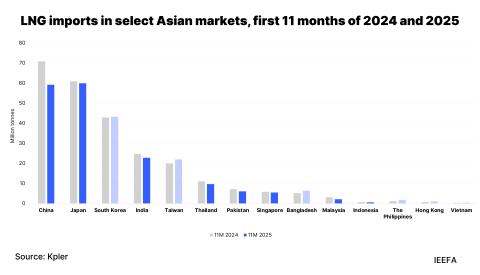Blockbuster Saturday: Power-Packed Budget 2025
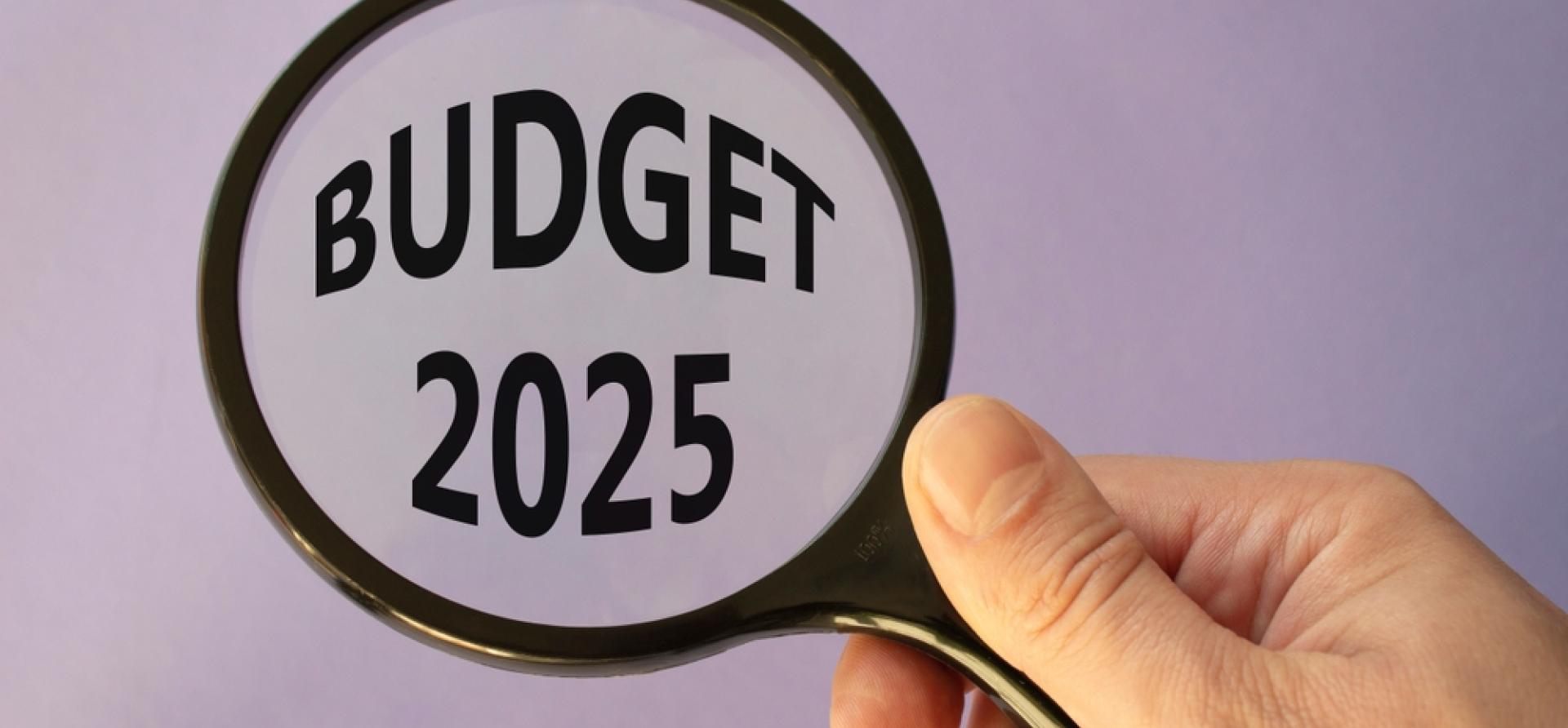
Key Findings
The budget provides game-changing indirect tax measures to bolster domestic manufacturing and electric vehicles (EVs) value chains. It emphasises building an ecosystem for solar PV cells, EV batteries, motors and controllers, electrolysers, wind turbines, very high voltage transmission equipment and grid-scale batteries. Now, 35 additional goods for EV batteries are exempt from duties.
Accessing finance is typically challenging for micro, small and medium enterprises (MSMEs). The budget provides increased credit guarantee cover and customised credit cards for MSMEs and start-ups, encouraging them to adopt clean technologies and be part of innovative green energy solutions.
A Nuclear Energy Mission, with a dedicated Rs20,000 crore (US$2.3 billion) outlay for the R&D of Small Modular Reactors, has been announced. While the viability of such projects is not yet established, the government’s increased focus reveals India’s ambition for a reliable energy supply.
(With inputs from the IEEFA South Asia team – Shantanu Srivastava, Saloni Sachdeva Michael, Subham Shrivastava, Charith Konda, Gaurav Upadhyay and Purva Jain)
The Union Budget 2025, presented by Finance Minister Nirmala Sitharaman, has cheered the energy sector, with stocks rallying by 9%. With projected Gross Domestic Product (GDP) growth at 6.3-6.8%, the budget aims to restrict fiscal deficit to 4.4% of GDP in fiscal year (FY) 2025-26 from the present 4.8%.
Moreover, with a sharp rupee depreciation and declining foreign exchange reserves, there is a focus on internalising the supply chain and reducing import dependence. While the Reserve Bank of India (RBI) recently announced plans to inject an additional Rs1.1 lakh crore (US$12.7 billion) into the banking system through various measures and conducting a US$5 billion dollar-rupee swap auction to enhance liquidity, securing supply chains is key. This budget strengthens India’s commitment to energy security and clean energy growth by prioritising domestic manufacturing, backward integration, skilling, and research and development (R&D).
Promoting Backward Integration
The budget provides game-changing indirect tax measures to bolster domestic manufacturing and electric vehicles (EVs) value chains for a sustainable future. To foster innovation and sustainable growth, it emphasises building an entire ecosystem for solar PV cells, EV batteries, motors and controllers, electrolysers, wind turbines, very high voltage transmission equipment and grid-scale batteries. Now, 35 additional goods for EV batteries are exempt from duties. By fostering local manufacturing and reducing import dependence, the budget enhances India’s ability to meet its emission reduction targets while building a resilient clean energy ecosystem. Additionally, the National Manufacturing Mission will support the manufacturing of cleantech equipment while existing production-linked incentives for automobile and advanced chemistry cell battery manufacturing remain in place.
Critical minerals were big beneficiaries with an exemption of Basic Customs Duty (BCD) on cobalt powder, lithium-ion battery waste, lead, zinc and 12 others. With targeted duty exemptions on key minerals like lithium and cobalt and a Rs1,500 crore (US$172 million) incentive for recycling, the budget will accelerate India’s push for circularity in critical minerals. By promoting domestic refining and battery recycling, the government is ensuring long-term sustainability and reducing reliance on the import of raw materials.
Increasing Access to Credit
The proposed Public Private Partnership (PPP) model for infrastructure development, coupled with interest-free loans, will catalyse investments in clean energy. Further, the R&D outlay of Rs 20,000 crore (US$2.3 billion) substantially increased from previous years.
Grid infrastructure expansion and modernisation will be key to greater renewable energy integration. The budget proposes an outlay of Rs1.5 lakh crore (US$17.3 billion) for infrastructure development, including 50-year interest-free loans to states for capital expenditures and incentives for reforms. It also pushes for power sector reforms, with additional borrowing of 0.5% of gross state domestic product (GSDP) allowed to states.
Accessing finance is challenging for micro, small and medium enterprises (MSMEs), making clean energy adoption less attractive. The European Union Carbon Border Adjustment Mechanism, coming into force in 2026, will be disadvantageous for them. The budget provides increased credit guarantee cover from Rs5 crore (US$0.6 million) to Rs10 crore (US$ 1.2 million) and customised credit cards for MSMEs and start-ups, encouraging them to adopt clean technologies and be part of innovative green energy solutions.
The launch of the Partial Credit Enhancement facility by the National Bank for Financing Infrastructure and Development to assist issuers rated AA and below in accessing the bond market, will be particularly beneficial for the renewable energy sector, where several issuances happen in the offshore high yield market. To ensure that corporates in this sector find it advantageous to use this instrument, the guarantee fees must be set at competitive rates.
Boost for Distributed Renewable Energy
The government's move to raise the budget for the Pradhan Mantri Surya Ghar Muft Bijli Yojana to Rs20,000 crore (US$2.3 billion), an 80% increase, reflects a firm commitment to expanding rooftop solar adoption. This boost will accelerate household energy transition and ease the load on the grid. Similarly, the continued support for the PM-KUSUM scheme with Rs2,600 crore (US$300 million) will help scale up decentralised solar adoption in the agricultural sector, reducing reliance on diesel and conventional grid electricity for farmers.
Focus on Nuclear
A Nuclear Energy Mission, with a dedicated Rs20,000 crore (US$2.3 billion) outlay for the R&D of Small Modular Reactors, has been announced. While the viability of such projects is not yet established, the government’s increased focus reveals India’s ambition for a reliable energy supply.
Promotion of Organic Fertilisers
The allocation for the promotion of organic fertilisers has been increased to Rs150 crore (US$17.1 million), up from Rs100 crore (US$11.4 million) allocated in FY2024-25. This is a welcome move especially after a 55% decrease in actual allocation in the revised budget allocation for FY2024-25. While no allocation has been made for the Global Biofuels Alliance, there is a substantial allocation of Rs117 crore (US$13.4 million) for the PM JI-VAN Yojana, which provides financial support for setting up integrated bioethanol projects based on lignocellulosic biomass and other renewable feedstock.
What is Missing?
Energy efficiency can help India avoid building large power plants and associated grid infrastructure. It can help achieve economic growth and create jobs while addressing the country’s energy security concerns and reducing import bills. However, its budget allocation is subpar.
With some misses, the budget lays a solid foundation for India’s energy transition, reflecting a commitment to sustainable development and environmental stewardship.
A shorter version of this article was first published on www.moneycontrol.com.



